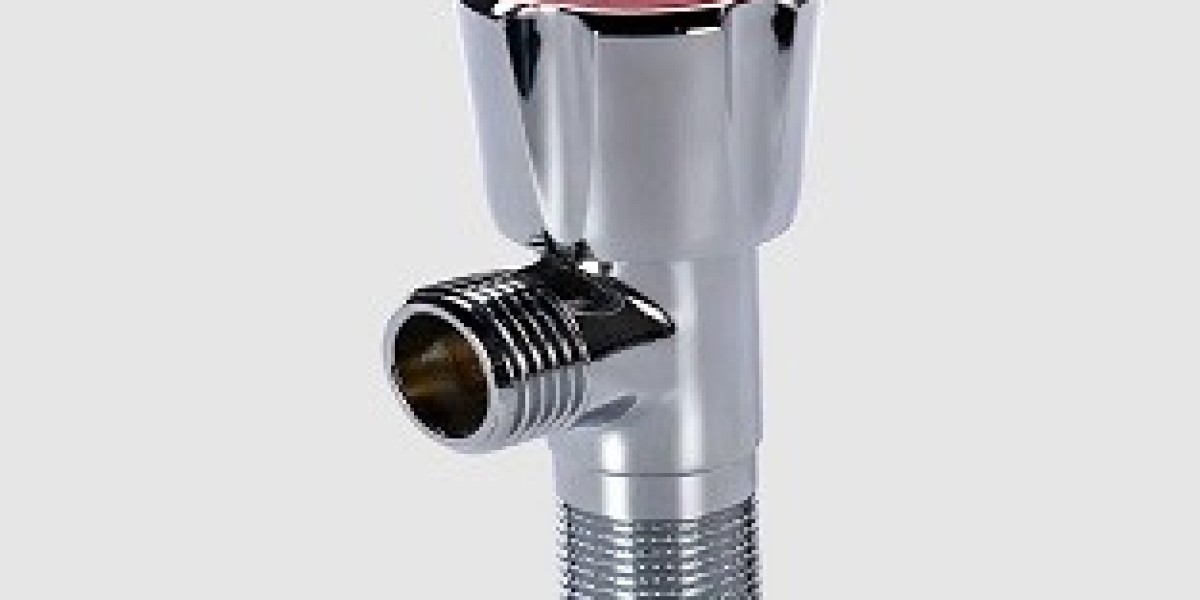In today's industrial field, valves are key components for controlling fluid flow, and their corrosion resistance and durability are important indicators of their performance. As a professional valve manufacturer, we are well aware of the differences between straight-way valves and angle valves in these aspects, as well as their advantages and disadvantages in different application scenarios. This article will start from our product, brass angle valve, and explore the comparison of corrosion resistance and durability of these two valves through straight valve vs angle valve.
let’s define a straight-way valve and an angle valve. A straight-way valve, as its name implies, has a straight axis between the pipe and the valve. This design prevents the flow direction of the fluid from changing when passing through the valve. Angle valves, including brass angle valves, have the pipe and the axis of the valve at a certain angle, usually 90 degrees, which causes the direction of the fluid to change when passing through the valve.
When it comes to corrosion resistance, brass angle valves excel due to the properties of the material they are made of. Brass is an alloy containing copper and zinc that has good corrosion resistance, especially in media such as water and seawater. In contrast, the corrosion resistance of a globe valve depends on its material. If the globe valve is made of the same material as the brass angle valve, their corrosion resistance will be similar. However, if the straight-way valve is made of other materials, such as cast iron or carbon steel, its corrosion resistance may not be as good as that of a brass angle valve in certain media.







